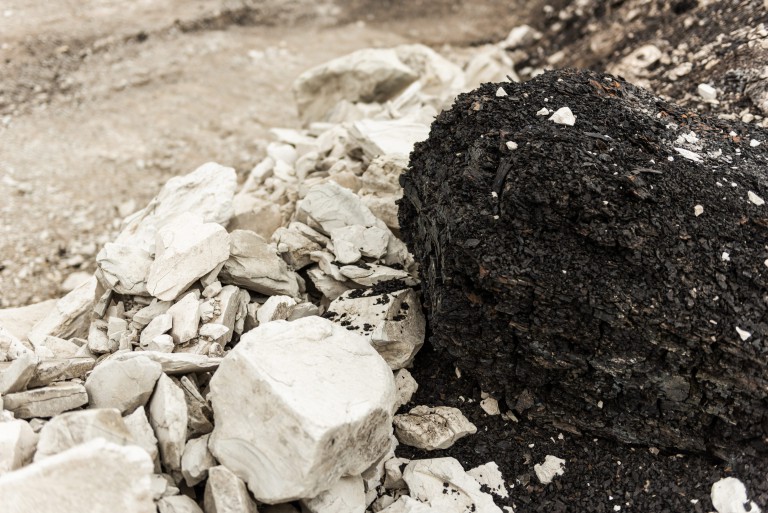While lice in cattle may seem harmless, a large infestation can in fact cause substantial financial loss due to decreased health and productivity.
Lice are tiny insects that live on an animal’s body. They can cause severe itching and result in many other negative effects including loss of appetite, decreased weight gain, stress and a decreased ability to fight disease.
There are two types of lice – chewing and biting lice and sucking lice.
Chewing and biting lice feed on debris on the surface of the skin such as dead skin, scabs, hair and skin secretions. Sucking lice, on the other hand, feed on blood and serum from the animal’s body, and are the most concerning.
Lice can spread throughout a herd and are passed on through direct contact. Infestations are most common during cold, winter weather when the animals’ thick coats create an ideal environment for the lice.
While it may not always be easy to spot a louse infestation in your cattle, there are several signs to watch for.
Signs of lice in cattle include:
- Rough hair/shaggy appearance
- Excessive licking and rubbing
- Hair loss/bald areas on the face, neck, back, shoulders and the base of the tail
- Loss of appetite
- Poor weight gain
- Pale appearance
- Lack of energy
The presence of lice and the extent of infestation can be determined using a simple monitoring technique.
To determine the presence of lice on your cattle, examine five areas (each about four inches long) on the animal’s body. These areas should include those where lice most commonly accumulate including the dewlap (or brisket), cheek, muzzle, around the eyes, withers, topline and tailhead. Use a comb to part the animal’s hair and a light to help examine the area for lice on the skin.
Count the lice observed in these five areas to determine the severity of the infestation. If less than ten lice are observed (in total) then only a minimal infestation exists. If the number of lice totals ten to fifty, a moderate infestation is present. Fifty-one or more lice signify a heavy infestation.
There are many treatments available to help treat a lice infestation. Some operations may require a natural alternative in which case producers have found diatomaceous earth (such as DE-cide) and other natural substances to be effective.
For more information on diatomaceous earth and other lice management techniques, please see: Natural Control of Lice in Cattle
Image by fiskfisk


